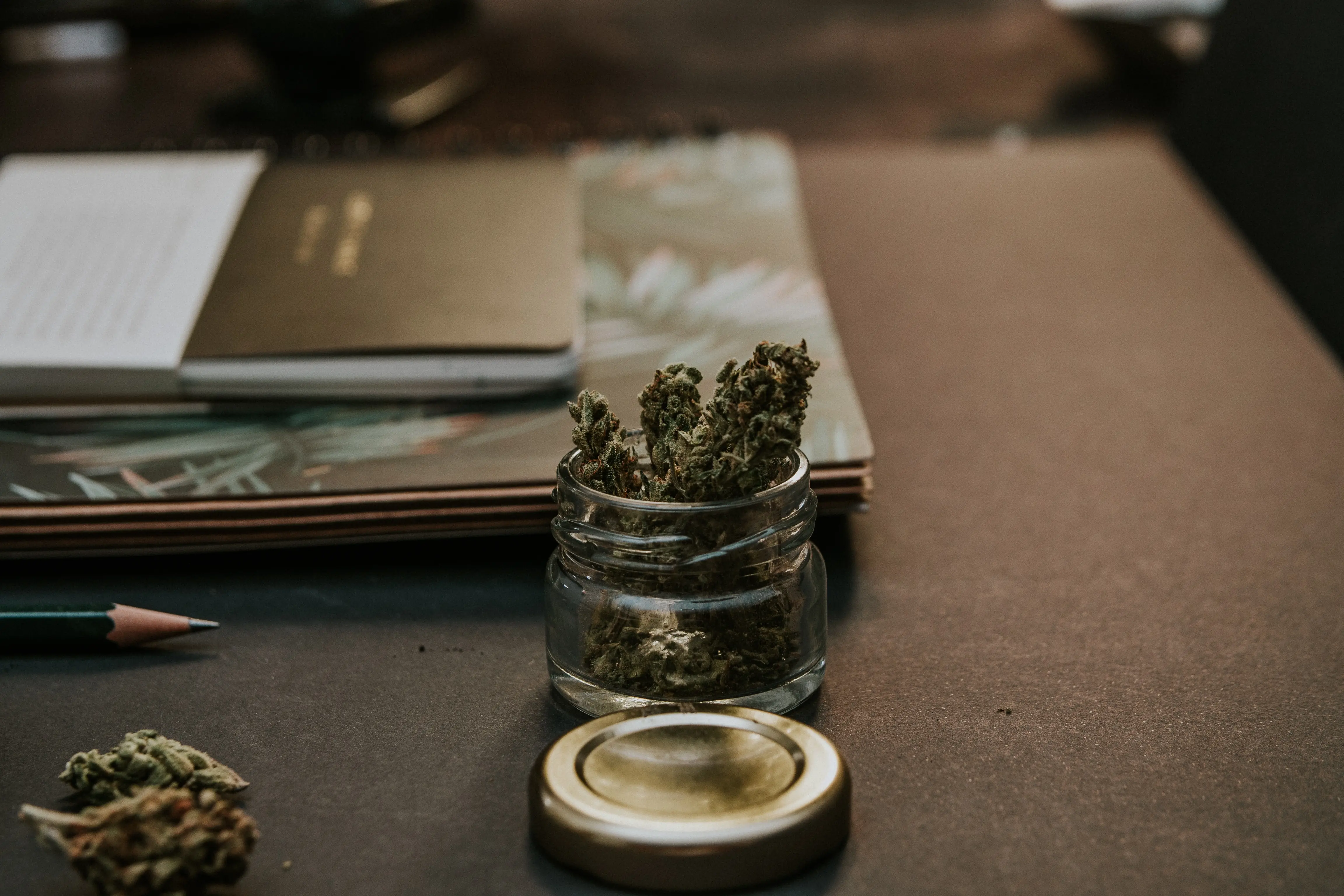

Written by Patrick J. Hines, Matthew Parker, and Fallon Martin of Hodgson Russ LLP
After decades of advocacy, and failed attempts over the past two years, adult-use cannabis in New York is a reality. On March 31, 2021, Governor Cuomo signed the Marijuana Regulation and Taxation Act (the “MRTA”) championed by Assembly Leader Crystal Peoples-Stokes and Senator Liz Krueger. With that, New York became the latest state to legalize recreational cannabis use. The MRTA looks a lot more progressive than Cuomo’s proposal that had been the front runner until recent weeks. Let’s look at some of the key provisions.
Effective immediately, adults can possess up to three ounces of cannabis, or 24 grams of concentrate. Higher weights start with non-criminal violations, and escalate to felony charges. Local governments and a new state agency may eventually create regulations to control smoking cannabis in public. But for now, smoking cannabis is allowed in public wherever smoking tobacco is permitted, but not in schools, workplaces, or inside a car. Driving while under the influence of cannabis remains both illegal, and a terrible idea.
Also effective immediately, criminal records of individuals convicted on cannabis-related charges that are no longer criminal will be expunged. And in a major win for criminal justice reform advocates, police can no longer use the odor of cannabis to justify searches.
One of the biggest points of opposition in the late stages of negotiations was impaired driving. Under the MRTA, the State Department of Health is tasked with overseeing a study of technologies for detecting cannabis-impaired driving. After the study, the Department will approve and certify the use of a test.
While possession of small amounts of cannabis is legal immediately, retail dispensaries will not open for more than a year from now. During that time, the new Office of Cannabis Management (“OCM”), a new subdivision of the State Liquor Authority that will oversee all cannabinoids in New York, will issue a wide array of regulations. Local municipalities will have the option to prohibit retail dispensaries in their jurisdictions, as long as they pass a local law by the end of the year. If passed, the prohibition can be overturned by a local referendum.
In a major about-face from previous bills, the MRTA allows adults to grow cannabis at home. Individuals over 21 years old can grow up to six plants at a time, only three of which may be mature at any given time. Households with two or more adults will be limited to 12 plants. Certified patients under the medical cannabis program, or their caregivers, can also grow at home. But don’t start planting in your backyard just yet. Medical patients need to wait six months, and everyone else will have to wait until 18 months after the first retail sales get started.
Other consumer-friendly provisions in the MRTA include authorization for cannabis delivery licenses, and on-site consumption licenses. The latter establishments are likely to look something like a cigar bar, but specific to cannabis.
Despite the uncertainty and delay, New York is now set to quickly become one of the largest state-legal cannabis markets in the nation—meaning new businesses and thousands of new jobs for cultivation, processing, distribution, and sales. Like previous bills, the MRTA prohibits complete vertical integration in a manner similar to the alcohol industry. Generally speaking, you can hold cultivation, processing, and/or distribution licenses, or you can have a retail dispensary license, but not both. There are exceptions, such as a micro-business license (like a microbrewery for cannabis), and existing providers of medical cannabis who are already vertically integrated will be allowed to obtain retail dispensary licenses.
Another important and progressive aspect of the MRTA is its social and economic equity plan. The law seeks to “promote diversity in commerce, ownership and employment, and opportunities for social and economic equity in the adult-use cannabis industry.” It aims to give 50% of all cannabis business licenses to social equity applicants. A social equity applicant is a minority or woman-owned business, a disabled veteran, a financially-distressed farmer, or a person from a “community disproportionately impacted by the enforcement of cannabis prohibition.” Priority will be given to applicants who have a cannabis-related conviction, or a close relative with a cannabis-related conviction.
How much can you expect to pay when retail sales get started? The state tax rate is 9%, and the local tax is 4%—so you can expect a hefty markup at the register. In addition, distributors will also collect and remit taxes based on the potency of the THC content of any given product. For example, cannabis flower will be taxed at 0.5 cents per milligram of THC, cannabis concentrate will be taxed at 0.8 cents per milligram, and edibles will be taxed at 3.0 cents per milligram. That cost will inevitably be passed on to the consumer.
The adult-use market is expected to eventually generate $350 million in yearly tax revenue, and billions of dollars in annual sales. Tax revenue from sales will first cover the costs associated with administering the program. Then, 40% of the tax revenue will go to public schools, 40% will go to a “community reinvestment fund,” and 20% will fund drug treatment and public education programs.
While retail sales of recreational cannabis won’t happen tomorrow, or even this year, New York is on its way. When the time comes, remember to enjoy responsibly, protect yourself, and protect your community.

